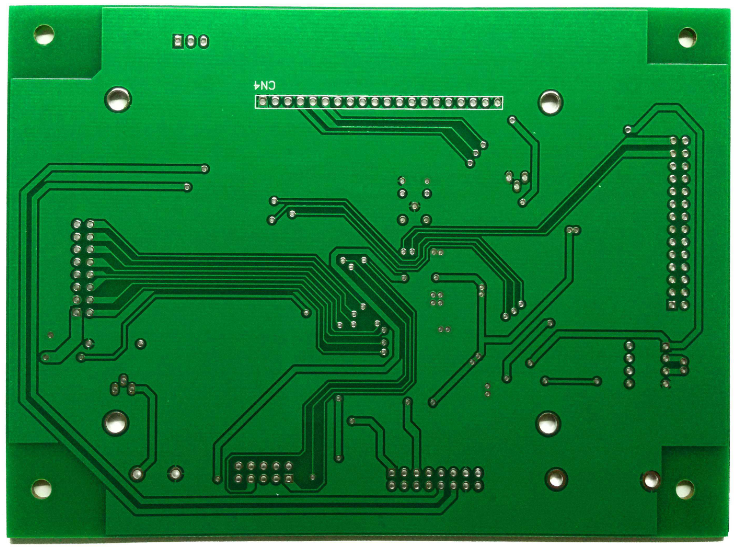The signal with PCB change (such as step signal) propagates from a to B along the transmission line, and the coupling signal will be generated on the transmission line C-D. once the changed signal ends, that is, the signal returns to stable DC level, the coupling signal will not exist. Therefore, crosstalk only occurs in the process of signal jump, and the faster the signal edge changes (conversion rate), the greater the crosstalk generated.
The magnetic field of the coupled printed circuit board in space can be extracted as the collection of numerous coupling capacitors and coupling inductors. The crosstalk signal generated by coupling capacitance can be divided into forward crosstalk and reverse crosstalk SC on the victim network, and the polarity of these two signals is the same; the crosstalk signal generated by coupling inductance is also divided into forward crosstalk and reverse crosstalk SL, and the polarity of these two signals is opposite.
The forward crosstalk and reverse crosstalk generated by coupled inductors and capacitors exist at the same time, and their sizes are almost equal. In this way, the forward crosstalk signals on the victim network are mutually offset due to the opposite polarity, and the reverse crosstalk polarity is the same, and the superposition is enhanced. The modes of crosstalk analysis usually include default mode, three state mode and worst case mode analysis.
The default mode is similar to the way we actually test the crosstalk of PCB, that is, the offending network driver is driven by the flip signal, and the injured network driver keeps the initial state (high or low level), and then calculates the crosstalk value. This method is effective for crosstalk analysis of unidirectional signals. Three state mode means that the aggrieved network driver is driven by the flip signal, and the three state terminal of the injured network is set to the high resistance state to detect the crosstalk. This method is effective for bidirectional or complex topological networks. The worst-case analysis is to keep the driver of the victim network in the initial state, and the simulator calculates the total crosstalk of all default violation networks to each victim network.
In this way, only individual critical networks are analyzed, because there are too many combinations to be calculated, and the simulation speed is relatively slow.The above is
PCB manufacturing for
PCB design crosstalk generation and how to avoid a little experience.

